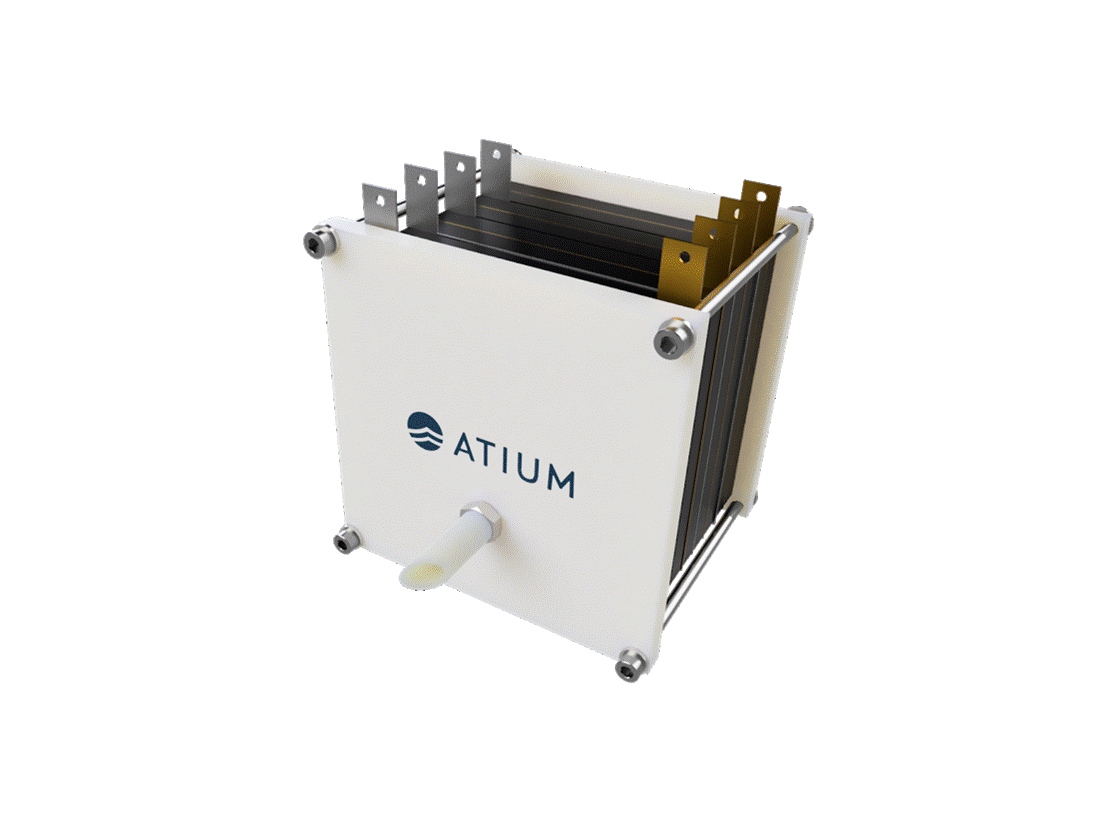Water treatment start-up takes on mercury water pollution
Keeping water clean is one of the global challenges, and toxic pollutants are a significant contributing factor that threatens this. According to the World Health Organisation (WHO), mercury is one of the top ten chemicals of major public health concern. Swedish water treatment start-up Atium, with the support of EIT RawMaterials Booster, has developed a patent-pending technology based on a reversible electrochemical process to help improve the performance and efficiency of mercury removal for customers primarily in the mining, chemical production, waste-to-energy, recycling and dental industries.
The EIT RawMaterials programme, Booster, is aimed at accelerating growth and preparing the most promising start-ups to enter the market. It was first launched in 2017 and has supported over 400 innovative start-ups throughout Europe, providing both funding support as well as access to the EIT RawMaterials partner network of potential clients.
Securing clean water for everyone
Today, the problem of mercury poisoning is widespread. Even in places like Sweden where more than half of Sweden's lakes have high mercury levels in fish. A study by IPEN found that in the 20 worst affected countries in the world, over 55% of all women of childbearing age had such high levels of mercury in the body that it had been directly harmful to the child during pregnancy.
Industries are under pressure by increasingly stringent legal requirements to improve today's water treatment efficiency and sustainability and clean up land and water from old emissions stored over many years. The mining industry, for example, handles large amounts of mercury in process and wastewater and must clean huge amounts of water annually.
It was found that Atium’s novel patent-pending solution can substitute and complement current water treatment systems to increase mercury removal rate and reduce costs and secondary waste generation and indications show of its potential to scale up and take on this widespread environmental issue.
Successful early prototypes
Early prototypes have resulted in an extremely high removal rate on industrial water samples, reaching mercury levels far below the EU's recommendation for drinking water. Emma Hanaeus, CEO of Atium, says that their technology is unaffected by acidic pH and high temperatures, enabling it to operate in extremely harsh conditions.
This technology can be used for acid treatment in smelters, to increase the quality of the acid they produce, and in flue gas condensate treatment in waste-to-energy plants. In collaboration with our partners, a major mining company, a research institute and academic institution the technology prototype was put to the test successfully in a mining environment.
Emma Hanaeus, CEO of Atium
Atium worked with Boliden Smelters, IVL Swedish Environmental Research Institute and the Chalmers University of Technology, co-funded by Boliden, Vinnova SIP, EIT RawMaterials Start-up Booster and is now enrolled in the EIT RawMaterials Accelerator programme. The results were successful and will assist industries in improving their operations by reducing contaminants and emissions in their processes.
Atium’s technology combines the ambitions of tackling environmental and economic issues with a scalable solution for the market. It is programmes like the EIT RawMaterials Accelerator that demonstrate how critical innovation is needed, how these types of innovations can improve lives and therefore why it is so important to support them every step of the way. We are very much a big part of their journey and will continue to support them as they expand.
Ulf Orrebrink, Business Development Manager at EIT RawMaterials



